6 Qualities of a Well-Constructed Crawl Space
In homes with crawl spaces, ensuring that they are well-constructed is essential for the structural integrity, safety, and comfort of the home. This article explores six key qualities that define a well-constructed crawl space, helping homeowners understand the importance of each aspect in maintaining a habitable and energy-efficient home environment. For homes with existing issues, crawl space repair may be necessary to address structural or moisture concerns.
1. Proper Ventilation
Proper ventilation in a crawl space is crucial for maintaining a healthy environment beneath your home. It helps prevent the build-up of humidity and moisture, which can lead to mold and mildew growth. Adequate airflow ensures that any excess moisture is circulated and expelled, reducing the likelihood of expensive repairs in the future. Improving airflow also mitigates the risk of unpleasant odors and allergens that can seep into living areas, affecting indoor air quality.
There are several types of ventilation systems available to promote airflow in crawl spaces, each with its own set of advantages and considerations. Passive ventilation involves installing vents along the perimeter of the crawl space, allowing for natural air circulation. Mechanical ventilation requires the use of fans to actively move air, providing a controlled environment that can be regulated according to seasonal needs. Other systems integrate both passive and mechanical elements to optimize airflow across different weather conditions. Selecting the suitable system often depends on your regional climate and specific requirements of the crawl space.
Balancing humidity within a crawl space is essential to its overall functionality and your home's wellbeing. High humidity levels can lead to condensation, which encourages mold growth and may also contribute to wood rot. According to our experience, ensuring that humidity levels remain between 30% and 50% can drastically improve the lifespan of a crawl space. In some cases, crawl space repair may be necessary to address underlying moisture issues. Advanced systems even allow for precise humidity control through automated sensors, enhancing both energy efficiency and structural integrity.
2. Moisture Control
Vapor barriers are an indispensable part of moisture control in crawl spaces, acting as a shield against water intrusion. Proper installation involves covering the ground with a thick, durable plastic sheet to prevent ground moisture from seeping into the crawl space. This barrier is especially important in areas with substantial rainfall, serving as the first line of defense against water-related damages. It's essential to ensure a complete seal around supports and walls to prevent any weaknesses in the barrier. By effectively controlling ground moisture, vapor barriers contribute significantly to a home’s structural resilience.
Effective moisture control in crawl spaces combines drainage solutions and dehumidification. Proper drainage, such as grading, French drains, and sump pumps, keeps water away from the foundation, preventing flooding and water damage. This also reduces the risk of pest infestations in damp environments. Dehumidifiers further control moisture by maintaining optimal humidity levels, especially in humid climates, preventing condensation and potential damage to floors and foundations. Together, these strategies protect the crawl space, ensuring a dry, healthy, and durable environment while reducing the need for costly repairs.
3. Floor Insulation
Choosing appropriate insulation materials is fundamental for enhancing thermal performance in a crawl space. Popular options include fiberglass, foam board, and spray foam, each offering distinct advantages. Fiberglass is cost-effective and easy to install, while foam boards offer superior thermal resistance with moisture-blocking qualities. Spray foam is versatile, providing both insulation and sealing properties in one application. In some cases, crawl space repair may be required to address any damage before installing insulation. The choice of material often hinges on the specific needs of the home, as well as budgetary considerations. Ultimately, each material contributes uniquely to improved energy efficiency and comfort.
Effective installation techniques are crucial for maximizing the benefits of crawl space insulation. One common approach involves securing insulation between floor joists using mechanical fasteners or adhesives. For more comprehensive coverage, continuous insulation may be applied to crawl space walls and floors. Specialized techniques like this minimize heat loss and reduce thermal bridging, keeping homes warmer in winter and cooler in summer. Properly installed insulation also serves as an additional moisture barrier, supporting existing moisture control systems within the crawl space.
4. Structural Integrity
A solid foundation is the backbone of any well-constructed crawl space, ensuring that it remains stable, secure, and long-lasting. Properly laid foundations distribute weight evenly, minimizing the risk of settlement or shifting soil creating issues later. Quality foundations incorporate moisture resistance and durability against extreme weather conditions, rounding out their protective benefits. Regular inspections to ensure no cracks or damage can help maintain the integrity and mitigate risks like water intrusion. Investing in a strong foundation not only secures the home but also adds to its long-term value.
Support beams are crucial for maintaining structural stability in a crawl space by evenly distributing weight and preventing weaknesses caused by soil pressure. These beams must be correctly aligned to avoid bending and ensure the security of the entire structure. Similarly, soil movement, from natural settling to erosion, can undermine a crawl space foundation. Addressing potential issues like shifting soil early with strategies such as deep footings or reinforced slabs helps prevent foundation damage. Regular inspections of both support beams and soil conditions ensure long-term stability and reduce the risk of costly repairs.
5. Pest Prevention
One of the most effective strategies for pest prevention in crawl spaces involves sealing entry points. Small gaps, cracks, or openings in the foundation, walls, or ventilation system provide easy access for pests seeking shelter. Using sealants or other weatherproof materials can close these openings, acting as a barrier against unwanted guests. Regular inspections and maintenance of seals ensure these fortifications remain effective over time. By proactively sealing entry points, homeowners can avoid the nuisance and potential damage that pests cause in crawl spaces and throughout the home.
A proactive pest management plan for crawl spaces combines deterrents, barriers, and regular inspections. Natural repellents like essential oils or cayenne pepper, along with physical barriers such as mesh or screens, can prevent pest entry. Chemical solutions, like baits or traps, target active infestations. Regular inspections help detect early signs of pests, allowing for timely interventions and minimizing extensive treatment. If damage occurs, crawl space repair may be necessary. Consistent monitoring ensures a clean, secure crawl space, preserving both its integrity and the home’s wellbeing.
6. Access and Maintenance
Designing accessible entryways is crucial for performing regular inspections and maintenance tasks in crawl spaces. According to This Old House, the ideal height of a crawl space is a minimum of three to four feet, allowing ample room for movement. Larger entryways facilitate easier access for both homeowners and contractors, enabling straightforward navigation without unnecessary strain. Using secure, durable materials for doorways and access panels prolongs their lifespan and enhances structural security. A well-designed entryway streamlines maintenance and repairs, including crawl space repair, significantly contributing to the efficient management of the crawl space.
Scheduling regular maintenance is an integral practice for ensuring the long-term health and functionality of crawl spaces. A planned maintenance routine helps catch developing issues like moisture build-up, pest intrusion, or structural weaknesses. Regular services can include cleaning, repairs, and system updates, offering a comprehensive approach to maintenance. Partnering with professionals allows for the identification of less obvious concerns, leveraging their experience and expertise. Consistent attention to maintenance safeguards the home, preserving its value and promoting a comfortable indoor environment.
A well-constructed crawl space serves as a cornerstone for any residential building by preventing structural issues, enhancing energy efficiency, and contributing to the overall wellbeing of a household. In cases of damage or deterioration, crawl space repair can help restore its functionality and prevent further issues. By understanding and implementing these qualities, homeowners can prolong the lifespan of their home while ensuring safety and comfort for all its occupants. Ensure the longevity and health of your home by prioritizing crawl space maintenance and repair. Contact Foundations First Northwest today for expert crawl space repair and services that enhance your home's safety, comfort, and energy efficiency!
SERVING
Contact Us
Business Hours
All Rights Reserved | Privacy Policy

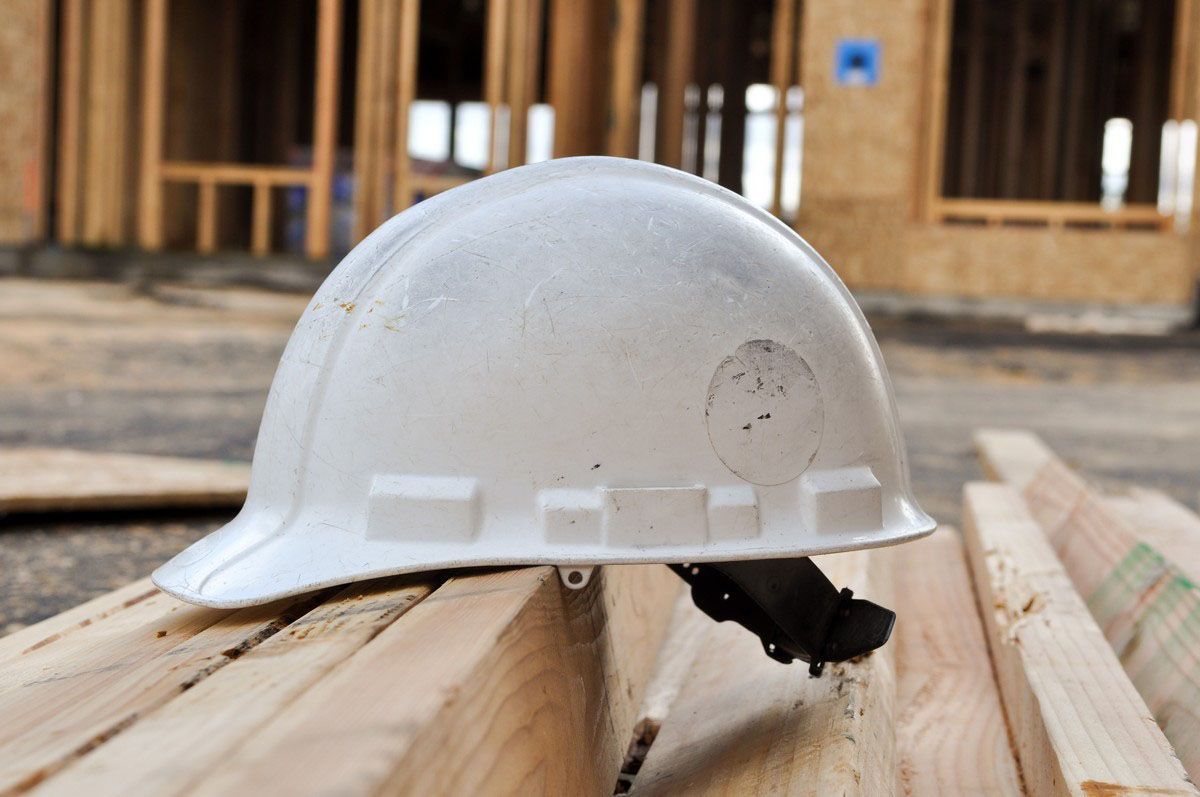
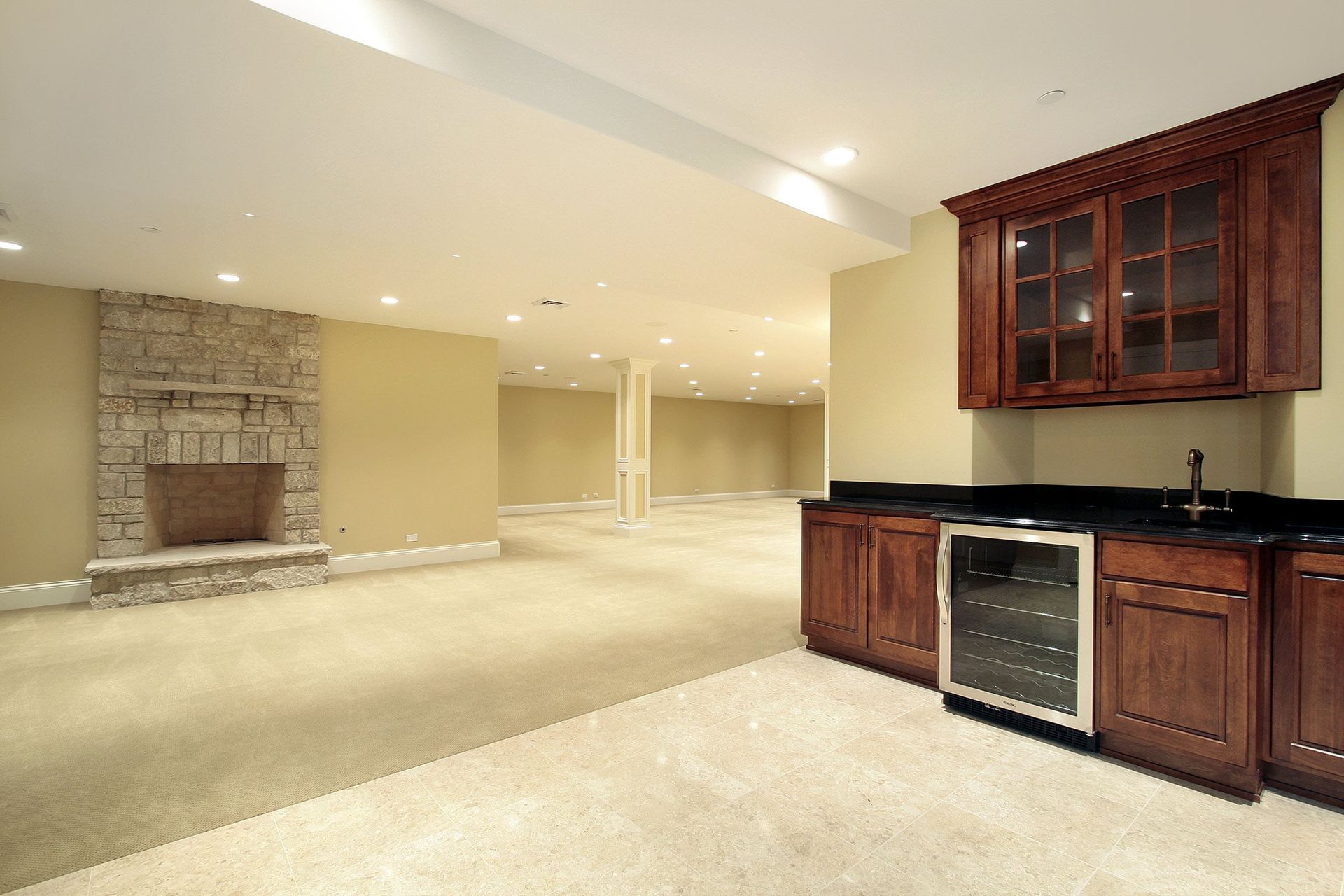
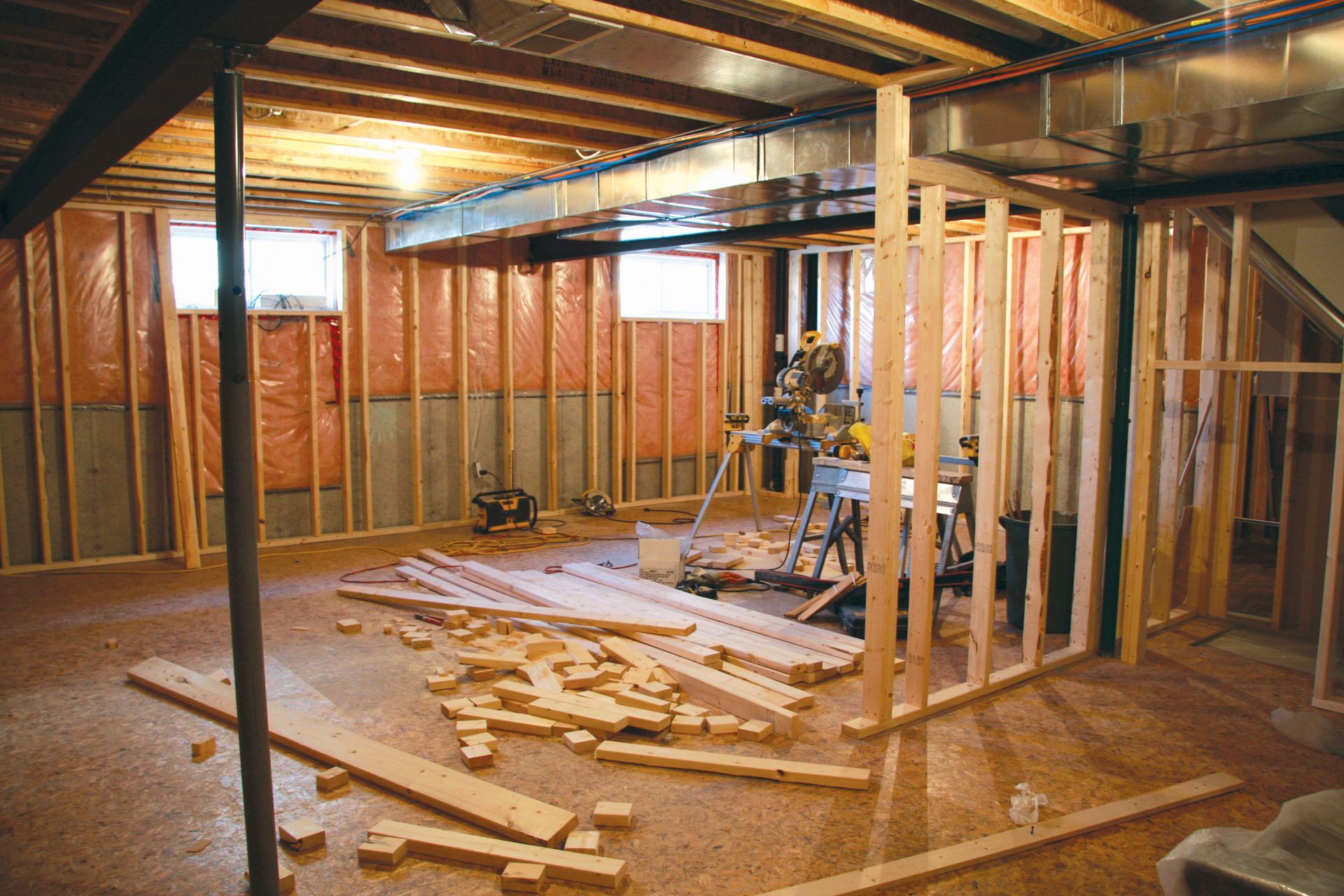
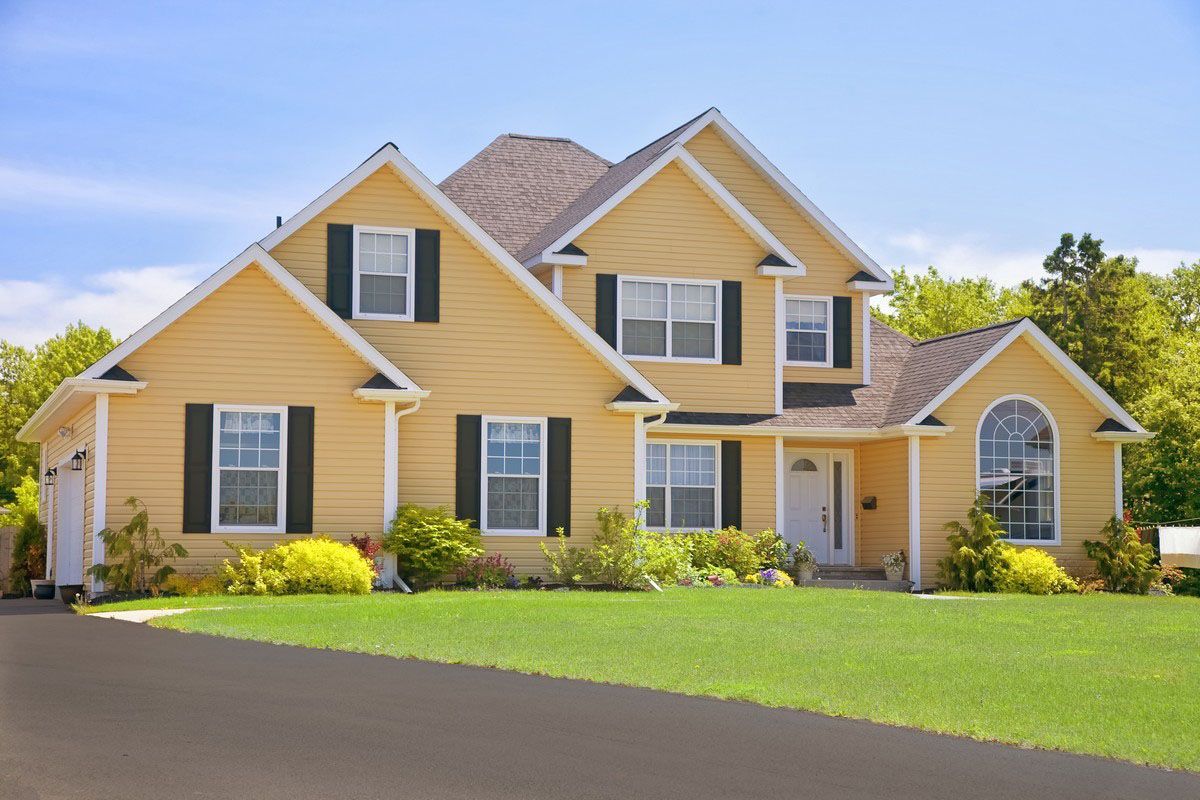
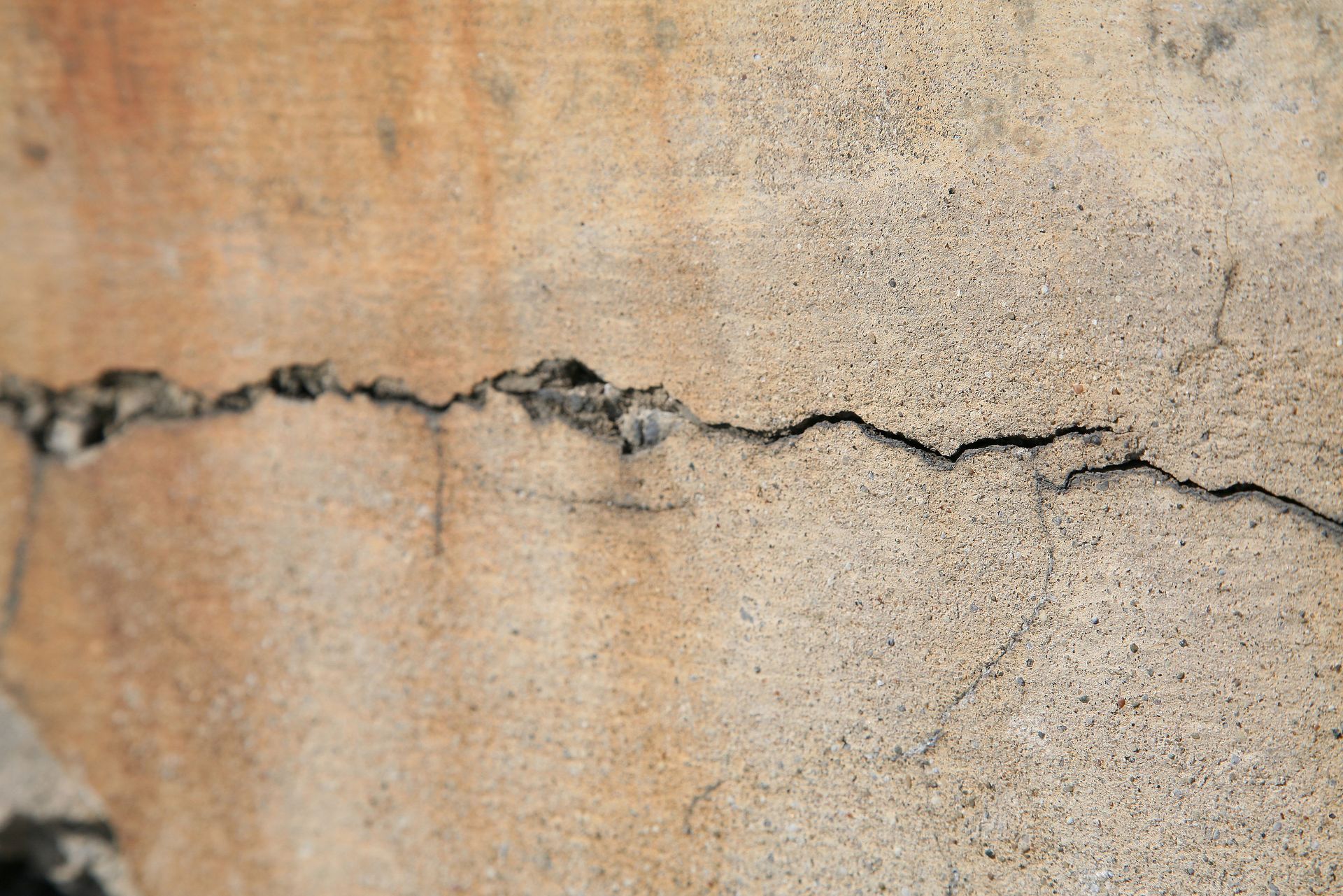
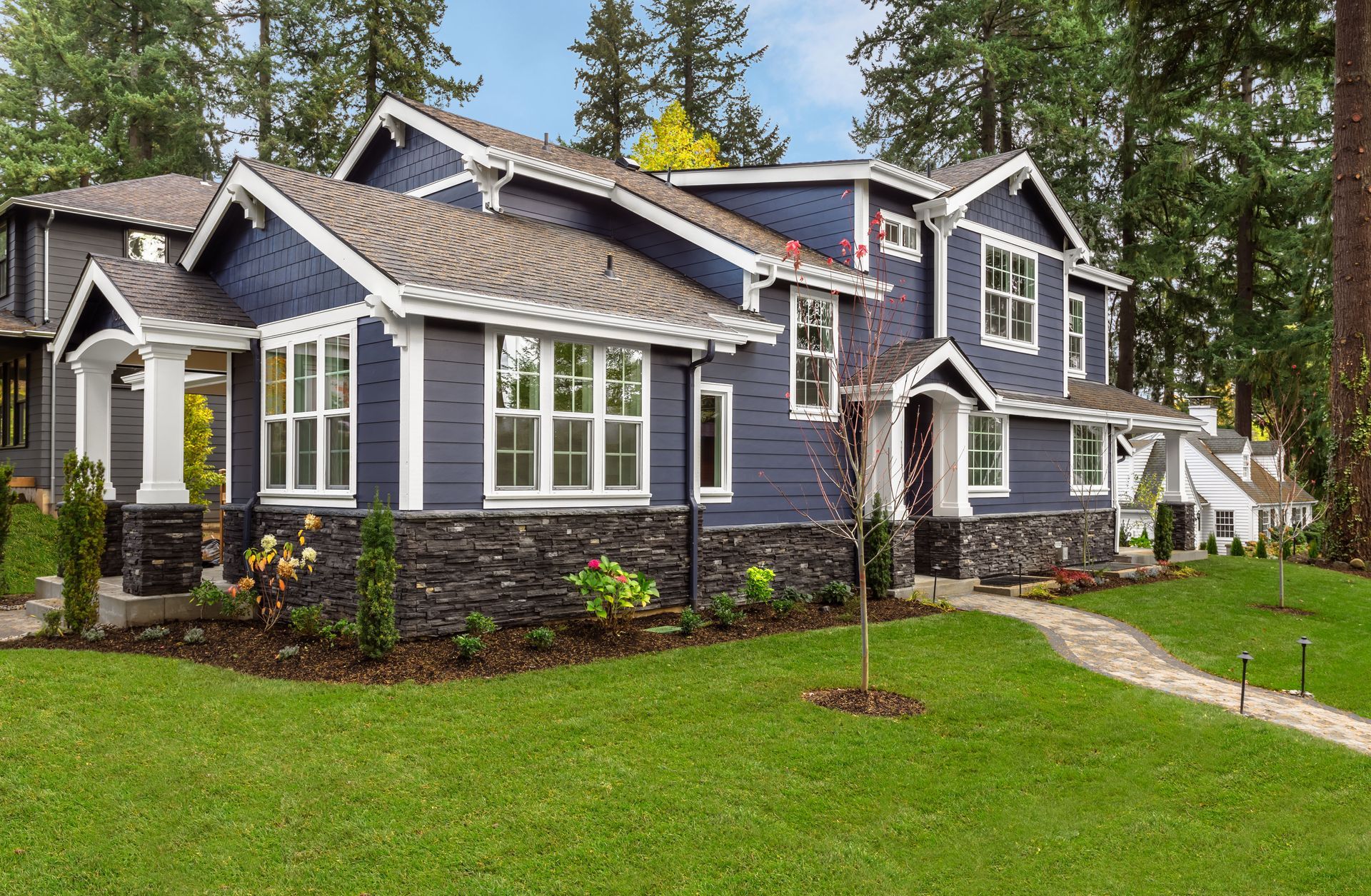
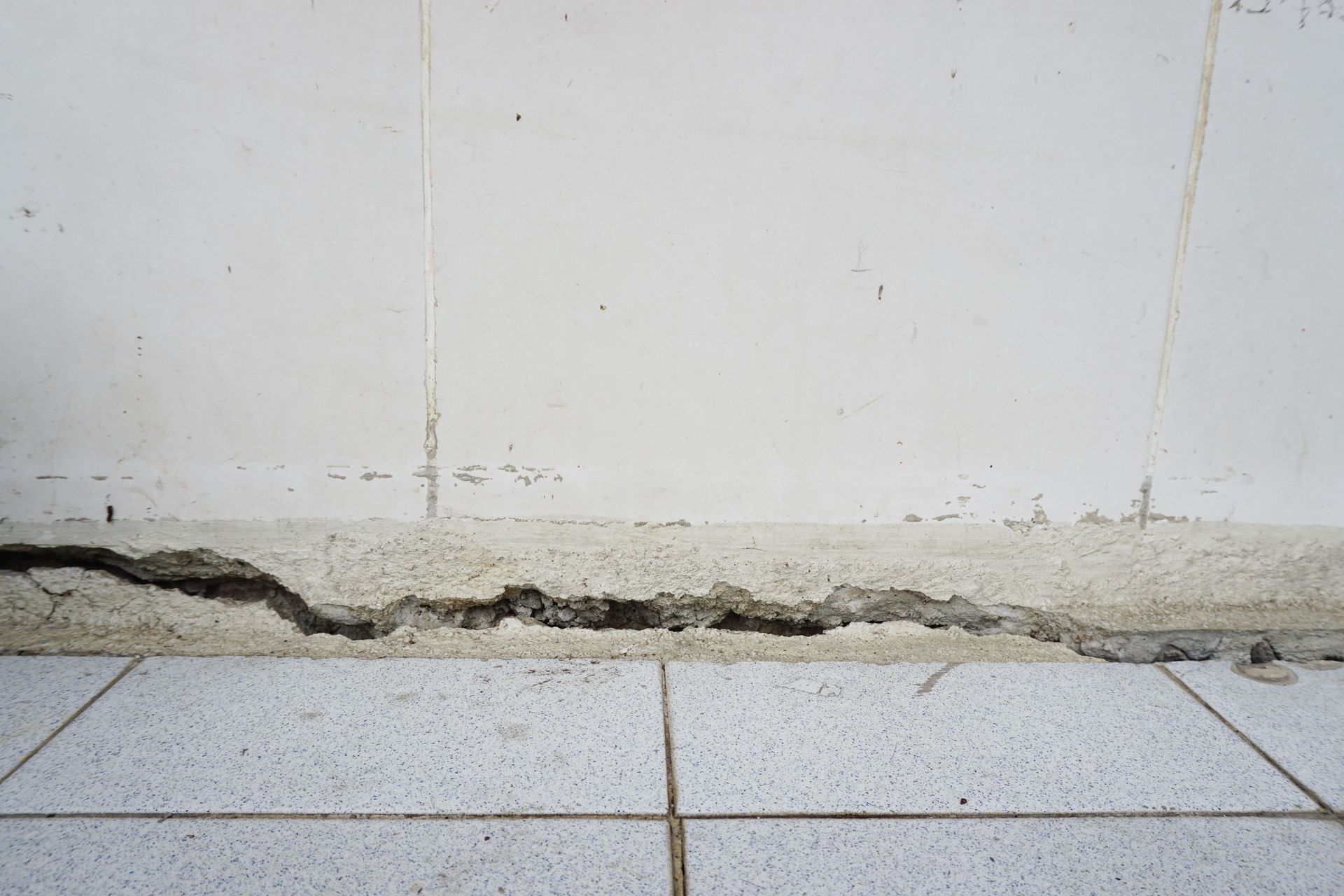
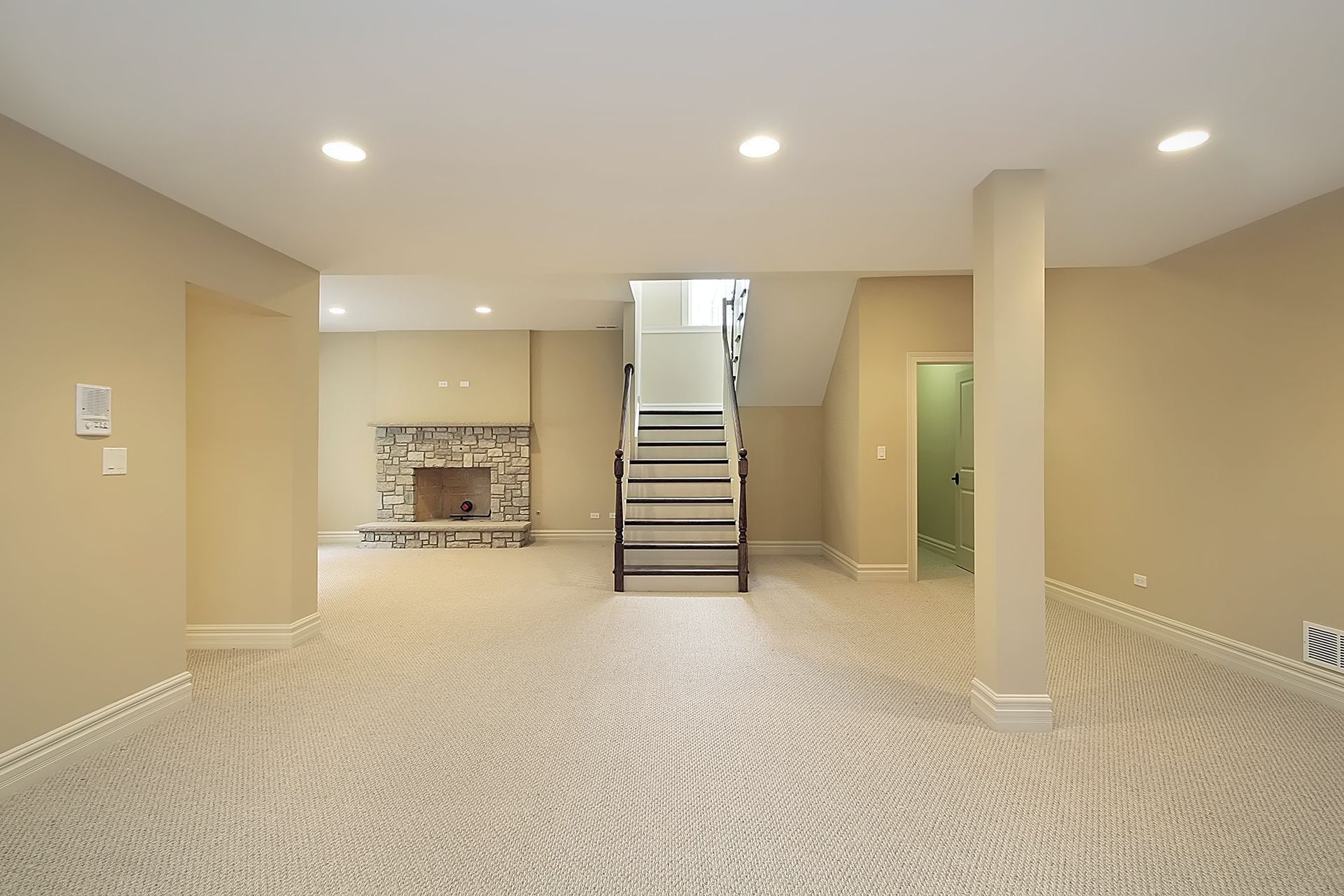

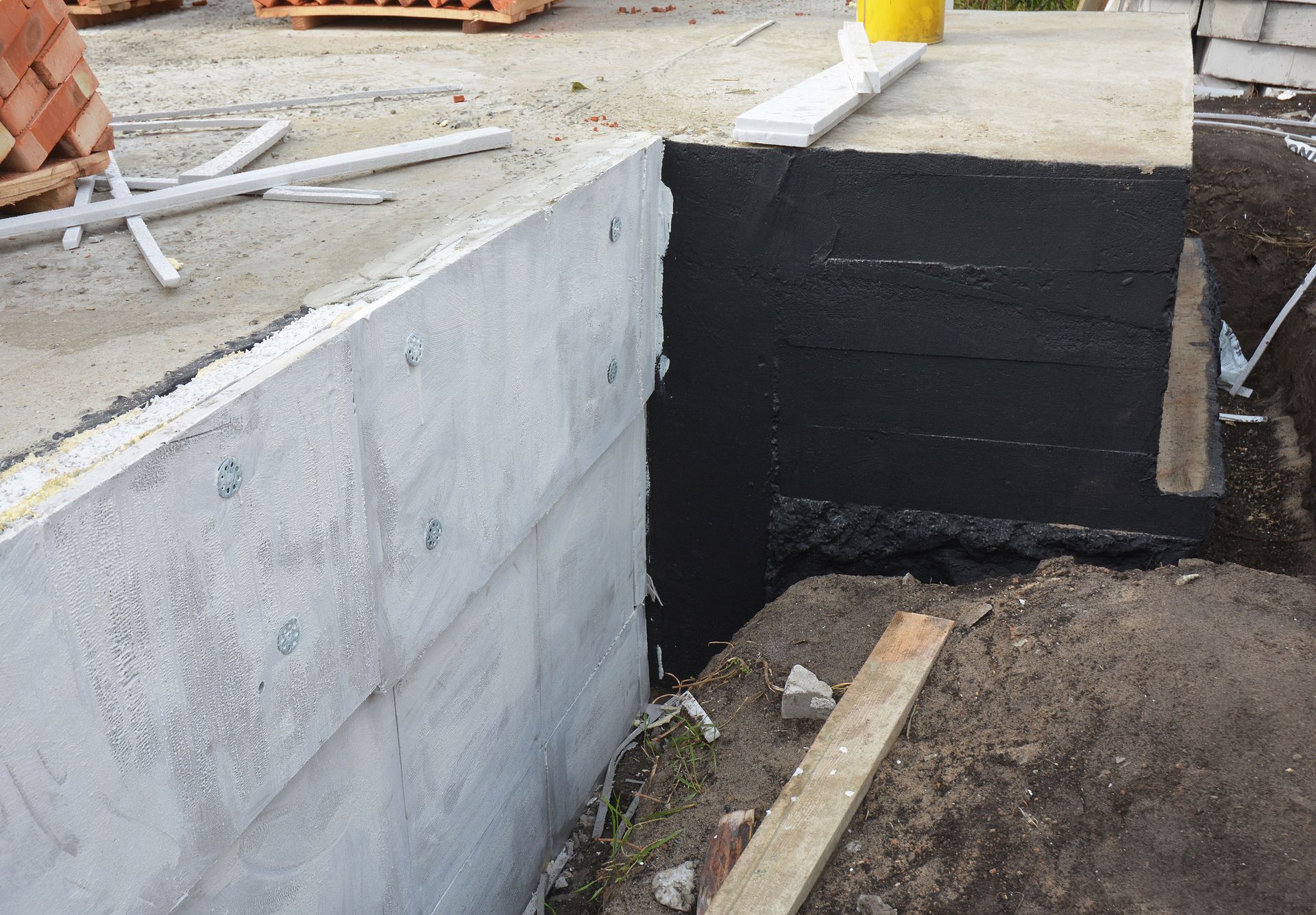
Share On: